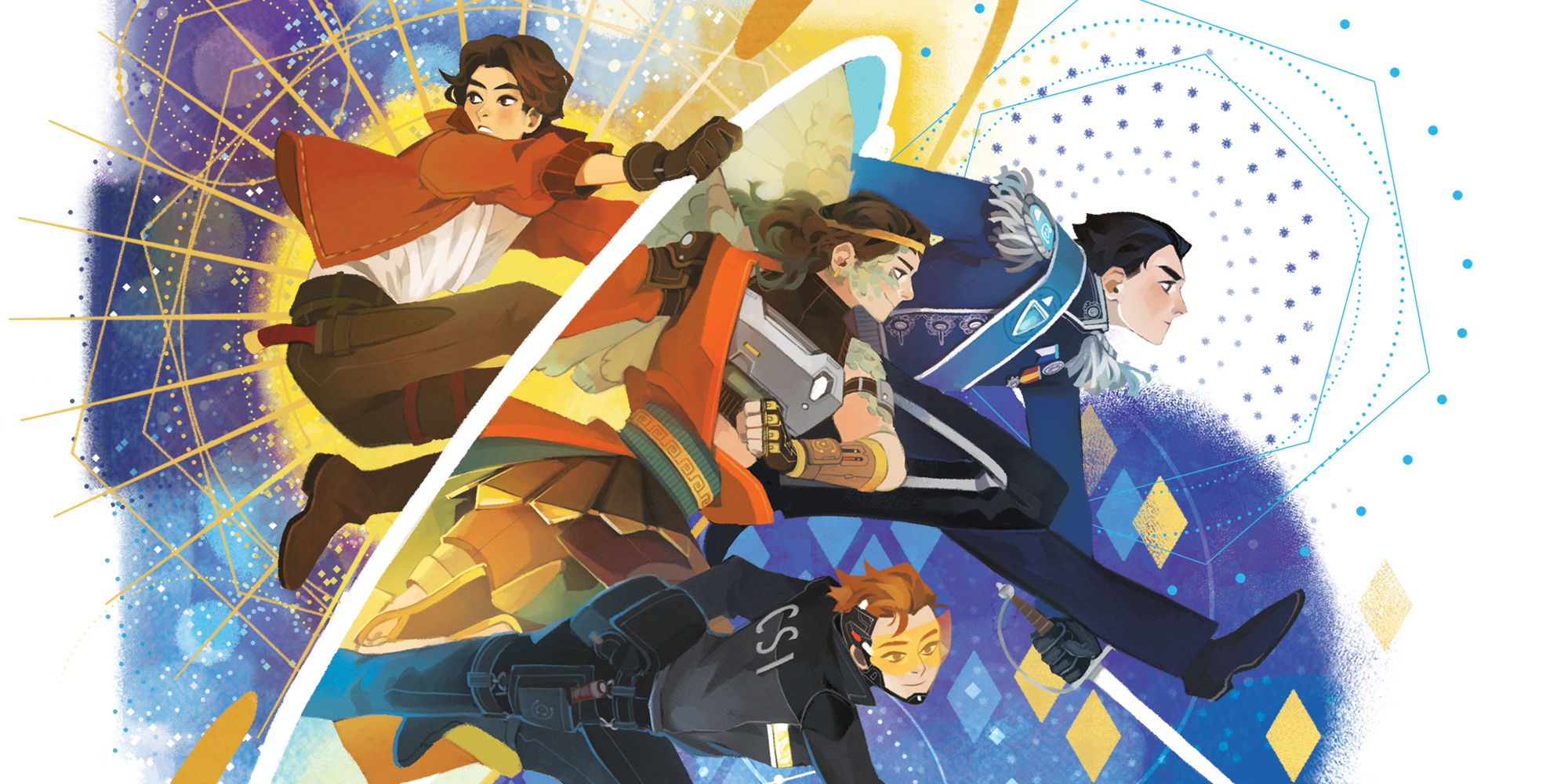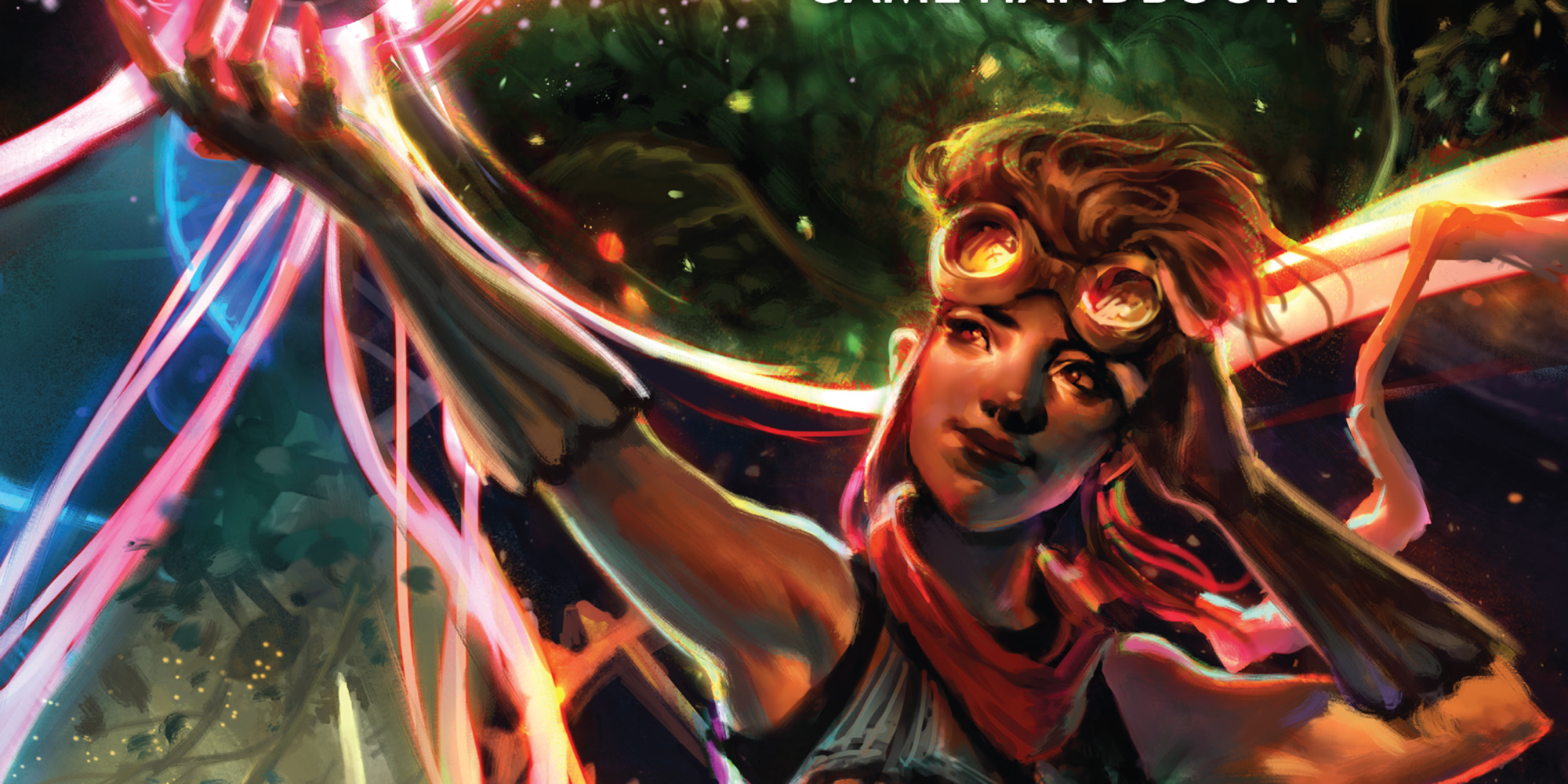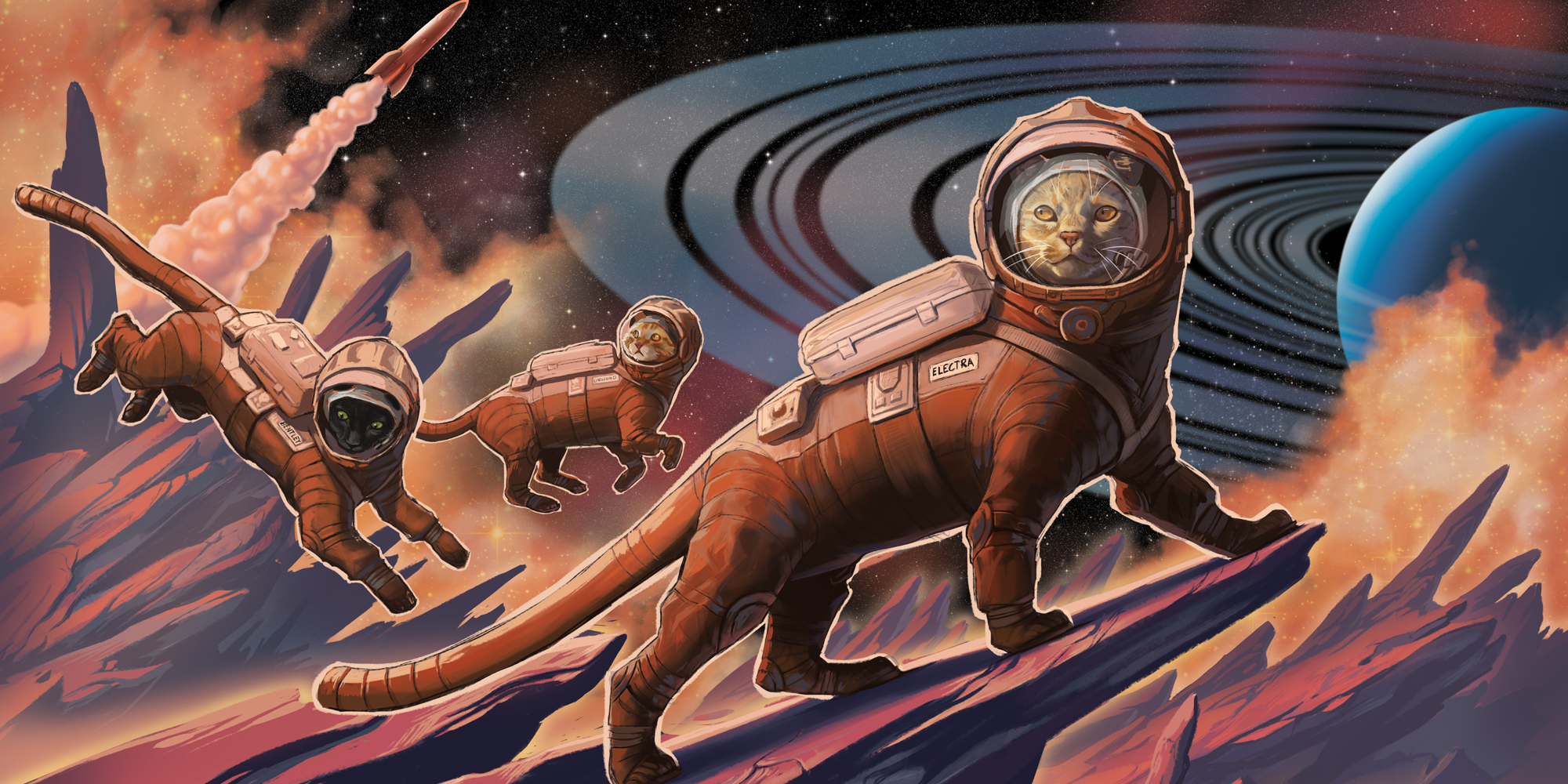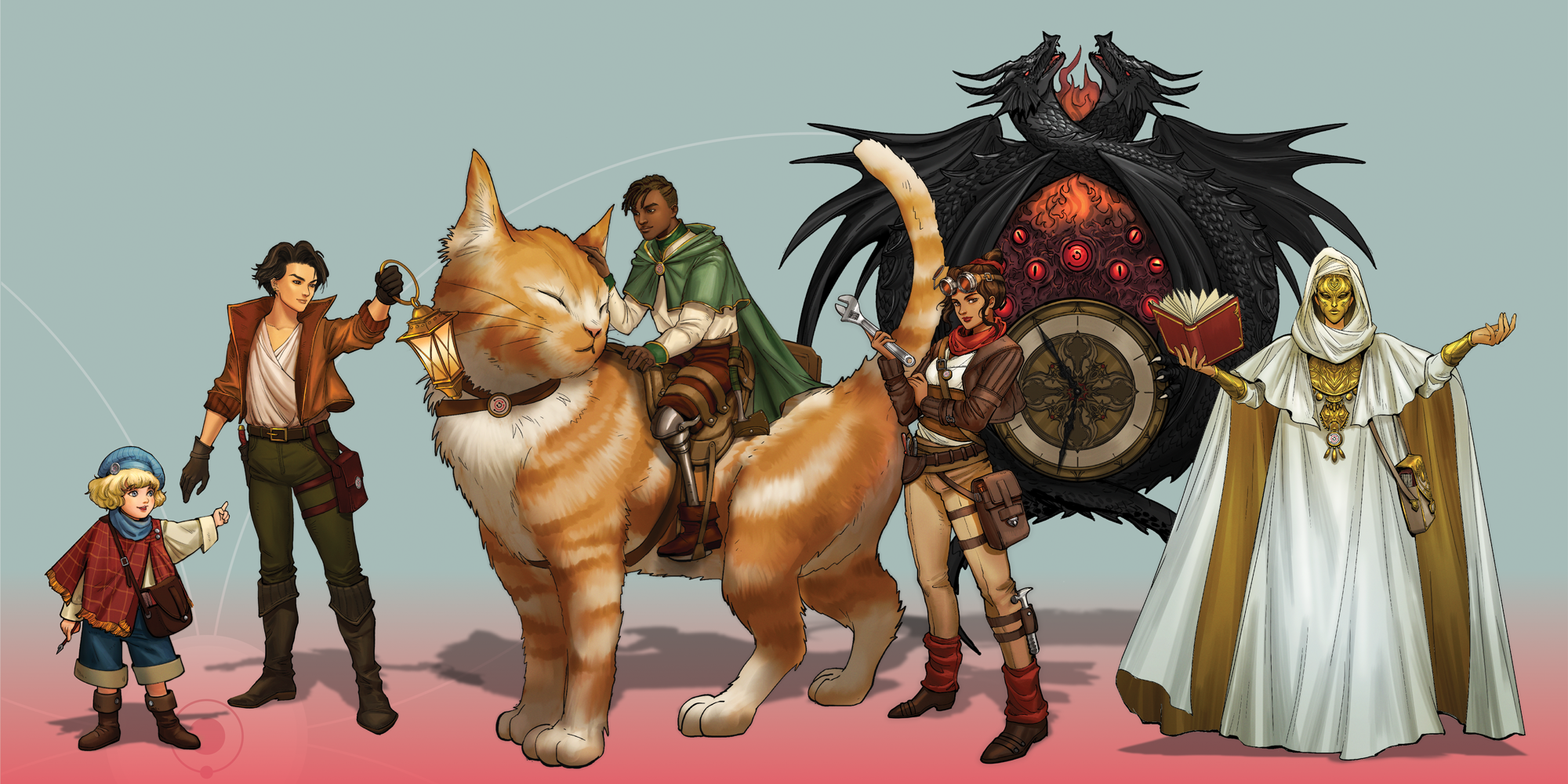When a mechanic works on an engine, they use tools that work on that engine, but works for one engine doesn't necessarily work for them all. That's why mechanics have lots of tools, so they can work on every engine that enters their shop. Cam Banks' and Fandom's newest iteration of the Cortex system, Cortex Prime takes that best-fit tool approach and applies it to role-playing games. The new core rulebook, a "multigenre, modular, roleplaying toolkit" is out now, and expectations are high.
Acquired by Fandom in 2019, Cortex Prime is a game system for game designers, for rules tinkerers and game-mechanics-gurus -- a "unified toolkit" for creating a customized system. The concept is ambitious enough. After all, some systems try to do this already. Wizards of the Coast's Dungeons & Dragons Fifth Edition has half a dozen official settings and a many more unofficial ones, so players can already explore many worlds. But unlike the 5e adaptations that use a static set of mechanics, Banks has designed a modular toolkit full of optional modifications that allow each setting to have its own flavor and mechanics that support their specific stories.
Cortex Prime's core rules involve fistfuls of dice and negotiated outcomes. It blends the conversational approach of Powered by the Apocalypse games and the dice pools of games like Shadowrun or Fantasy Flight's Star Wars games. From that starting point, Game Moderators choose what tools to use in their games to tell the kinds of stories they want. The modularity arises from Cortex's fan-based roots. The game was originally designed around worlds from TV shows and games. The last version included settings for Smallville, Firefly, Supernatural and Battlestar Galactica. Fandom's acquisition opens the door towards fan-based world-building even wider.
For TTRPG players only familiar with the D&D 5e d20 system, Prime may be initially overwhelming. Players roll dice pools formed by activating character traits, with each trait having an associated dice size. Dice range from four to twelve-sided, and traits are one of the modular tools, so they vary based on the kinds of characters the story requires. Traits can vary from Attributes like Strength and Wisdom to what Cortex calls SFX, which can include super powers, magic, or alien technology --whatever the world allows for. Players roll their pool against a difficulty rating, which also comes from a pool created by the GM.
The dice can be upgraded or downgraded a size, and dice may be added to pools or rerolled with earned Plot Point tokens. This means a single roll requires thought and discussion. But whereas D&D combat may take many rounds (and sometimes hours at the table), the Cortex system can resolve a battle in just three or four rolls depending on the rules in play.
The modularity is so deep that players can even replicate 5e-style turn-based combat, bringing action-oriented crunch to the table. GMs can add hit points and level-based advancement or assemble a system that's more narrative-based and not even designed for combat. This can be done through adding Relationships, Values or Bond Traits to character files that mechanically support entirely different stories. Instead of shoe-horning a story-type into an existing ruleset, Cortex Prime provides tools to tell the desired story.
Similar to many PbtA games, Cortex Prime also incorporates a powerful, generative rule called Pathways, which the handbook recommends tables use for character creation. During this phase of the game, players create their characters, either from provided archetypes (like PbtA games) or from scratch (like D&D). Characters take turns, sharing their choices for traits and making connections to the world. As they do so, they draw a web diagram, resulting in a tangible, visual model of the characters, their traits and connections. While some games provide basic guidance for connecting characters, Cortex Prime Pathways are clear and purposeful, perfect for Session 0.
For GMs who want to see a custom ruleset, Prime's core rulebook includes three Spotlight settings: Hammerheads, Eidolon Alpha and Trace 2.0. These include character archetypes with Traits designed for the world and modified rulesets, plus setting information for the GM. Fandom has more worlds in the works in 2021, and there will be the great many player hacks sure to land soon. To support fan creation, Cortex has a "buffet of genres" and instructions for their development in the book. It also hosts a Discord server, and a digital compendium is available for buyers of the book. Further digital tools will be added for character files and GM info, which will be a lifesaver for those playing virtually to share rulesets and dice pools.
Of course, the best way to learn a game is to play it, and Cortex's Discord offers a "Looking for Game" channel. Other players prefer to watch and learn, and for them, the new actual-play show Into the Motherlands is a great option streaming on Tanya DePass's Twitch channel (aka, Cypher of Tyr) and featuring a Cortex Prime system run by GM Eugenio Vargas. Motherlands is set in a world that will be developed as the story moves forward, allowing fans to see how Cortex Prime can be modified and fine-tuned over the course of a story to create those best-fit mechanics.
Ultimately, Cortex Prime offers something no other system currently does, but until the digital tools are released and more settings are available, the work required to create a system may be daunting for some. However, for those who love to tinker and create but have felt that other systems do not support the kind of stories they want to tell, Cortex Prime may be just what they have been waiting for.




